Home gardening is a lot of fun. Not only do you take full control of your outdoor space, but you put yourself in a peaceful and relaxing mindset, giving you a break from the hustle and bustle of everyday life.
But if you’re building a home garden for yourself, it’s best to prioritize sustainability. We’ve been using unsustainable practices for too long, and it’s time to start making changes.
Even the smallest changes make a massive impact in the long run. This is why a great place to start reshaping your life into something more sustainable is your garden.
Below, we’ll give you 6 great tips for creating a sustainable home garden. That way, you can easily build the garden of your dreams while significantly lessening your environmental impact.
Let’s dive into it.
1. Plan Carefully
The first step in developing and maintaining a sustainable garden is planning. You shouldn’t go into your garden without a definite plan for what you want to plant in the soil. So, make sure you take the time and put in the effort to plan out your garden as carefully as possible.
Ideally, you need to plan your garden to utilize as many natural resources as possible. This includes sunlight, rainwater, and the nutrients in your soil. To better determine the ideal plants for your garden, you may need a soil test kit to check for the nutrients in your soil.
This will take some time. But trust us, creating a fully sustainable garden is much easier once you have a definite plan!
2. Stick to Organic Methods
Another great tip for creating a sustainable garden is using organic gardening methods and tools. For example, avoid harmful and synthetic fertilizers and pesticides, as this can have a huge impact on the overall ecosystem of your garden. Instead, stick to organic methods like composting, mulching, and more.
To ensure the soil is at the right pH for your plants, we recommend using a soil test kit before adding various inorganic fillers to your soil.
3. Choose Native Plants for Your Garden
A great way to ensure the sustainability of your garden is to choose the right plants. Ideally, you want to ensure that the plants in your garden are native to your area.
That way, the plants won’t need special methods or materials to grow. Generally, native plants have fewer maintenance requirements than non-native plants.
On top of that, native plants won’t be invasive to the environment and will provide a natural habitat for other living creatures in the area. So, not only will it be easier to maintain your garden, but you’ll provide a good environment for other living things as well.
4. Conserve Water
There’s no denying that your garden will require water. But it’s best to find ways to reduce your water consumption as much as possible. This means planting plants that don’t require that much water or utilizing natural water sources like rain or rivers.
5. Practice Composting
You may need to add more nutrients to your soil, depending on the conditions. Typically, people use artificial fertilizers to improve soil quality.
This can do some long-term damage to the environment, which is why we highly recommend practicing composting instead. That way, you naturally enhance soil quality without damaging the environment.
6.Build Your Garden with Sustainable Materials
When you’re building your garden and adding elements like sheds and fences, consider using sustainable materials. For example, you can use recycled wood and other materials for building your garden shed, greatly reducing your environmental impact.
Conclusion
Building a garden can be a whole lot of fun. However, if you want to future-proof your garden without sacrificing quality, make sure you prioritize sustainability.
This means choosing the right plants, following certain sustainable practices, and putting in the effort to reduce your overall environmental impact.

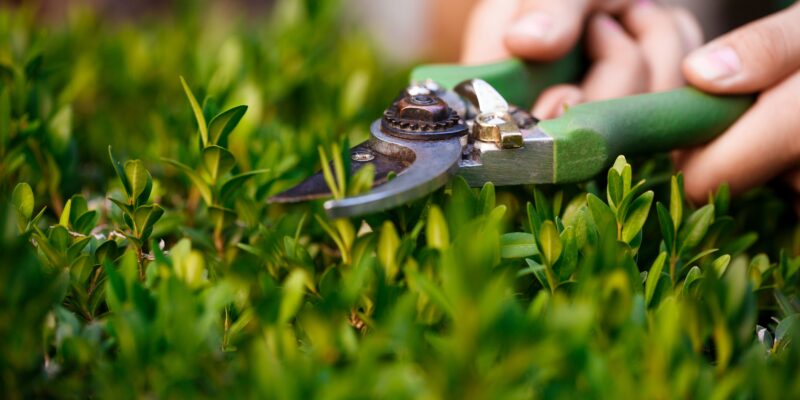



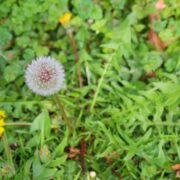
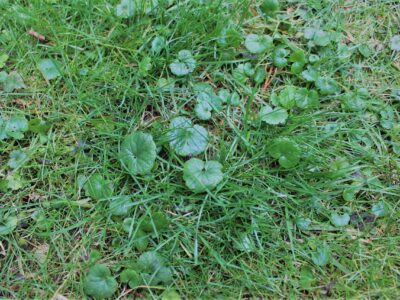
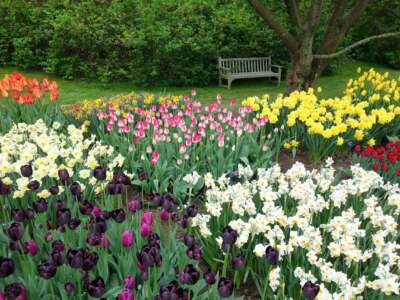
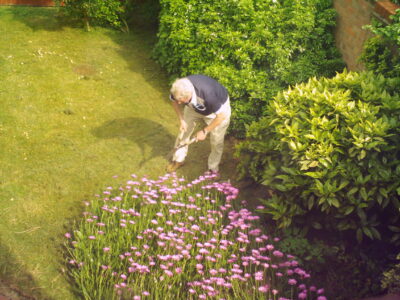
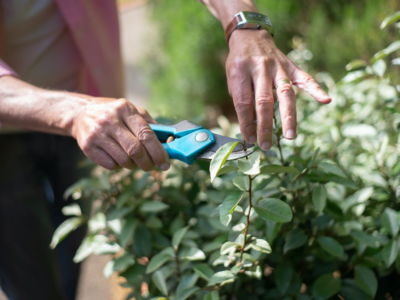
Comments